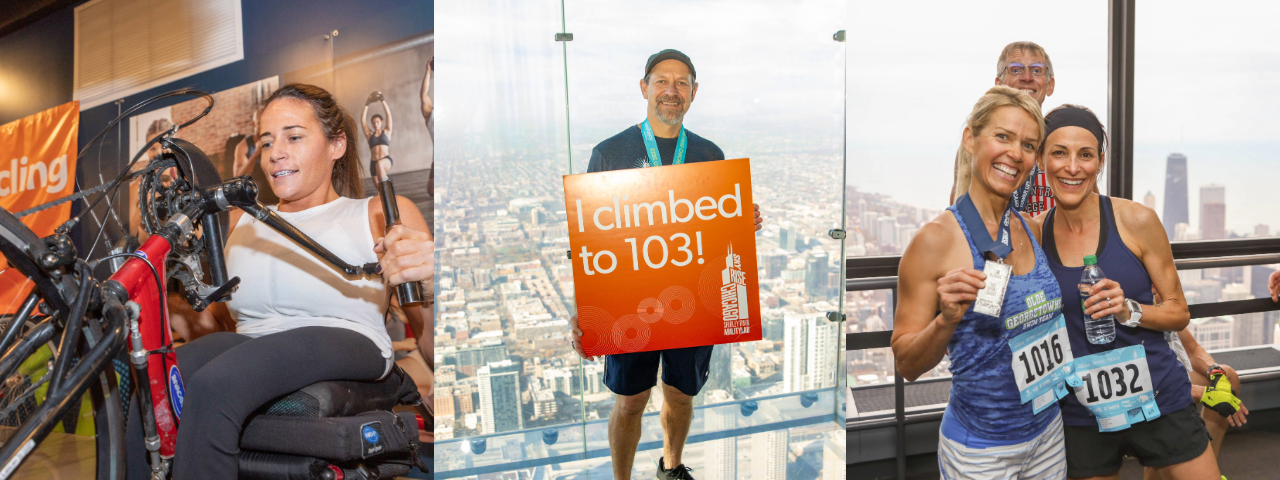Body
San Juan, PR — A new electromyography biofeedback device that is wearable and connects to novel smartphone games may offer people with incomplete paraplegia a more affordable, self-controllable therapy to enhance their recovery, according to a new study presented this week at the Association of Academic Physiatrists Annual Meeting in Puerto Rico.
Electromyography (recording electrical activity of muscles) biofeedback has been shown to enhance recovery of muscle control in people with incomplete spinal cord injury. However, existing biofeedback therapy devices are expensive and can be operated only by trained personnel in a laboratory environment. These factors prevent many people — up to 50,000 in the United States — from accessing the biofeedback therapy that could benefit their recoveries.
To help overcome these barriers, a team of researchers — led by R. James Cotton, M.D., Ph.D., at Shirley Ryan AbilityLab (formerly the Rehabilitation Institute of Chicago) and John Rogers, Ph.D., at Northwestern University — developed an affordable, wearable-sensor biofeedback platform that allows people with incomplete paraplegia to self-dose this type of therapy.
Although many research systems can record muscle activity, very few are portable and can be worn comfortably over a span of days. Critically, none of these systems provide real-time access to the data via smartphones. The innovative system provides this functionality, allowing biofeedback via games, which can be played outside of the lab.
Body
Shirley Ryan AbilityLab and Northwestern researchers deployed recent advances in flexible, stretchable electronics to design a wearable electromyography sensor. The device allows subjects to use movement and muscle activation to control novel smartphone games — which were also developed by the researchers — making biofeedback easily and constantly available. Data from the new platform, including muscle activity and game performance, is transparently synchronized to a secure cloud database, allowing monitoring by clinicians and researchers.
The device is adhered to the skin with conductive tape and uses integrated electrodes to record muscle activity. The low-profile sensor has wireless charging, Bluetooth connectivity and a nine-axis inertial measurement unit. The battery runs for several days and may be charged wirelessly using inexpensive commercial units.
Data the research team has collected from intact subjects has shown stable measurements over time. Pilot data from subjects with spinal cord injuries demonstrate that the device has sufficient sensitivity to detect muscle activation and to control the biofeedback games.
The developers believe that their new system for electromyography biofeedback overcomes many of the barriers to wider use of this therapeutic modality. Study of the device is ongoing to determine if self-dosed biofeedback can enhance recovery of electromyography activity and other functional outcome measures. At present, the device does not have FDA approval.
This research is generously supported by the Craig H. Neilsen Foundation.
The Association of Academic Physiatrists (AAP) is a professional society with a mission to create the future of academic physiatry through mentorship, leadership, and discovery. The only academic association dedicated to the specialty of physiatry, its members are leading physicians, researchers, in-training physiatrists, and professionals in 21 countries and 44 U.S. states. With a keen focus on research and education, the AAP holds an Annual Meeting, produces a leading medical journal in rehabilitation: AJPM&R, and leads a variety of programs and activities that support and enhance academic physiatry. To learn more about the Association and specialty of physiatry, visit physiatry.org and follow us on Twitter at @AAPhysiatrists.
